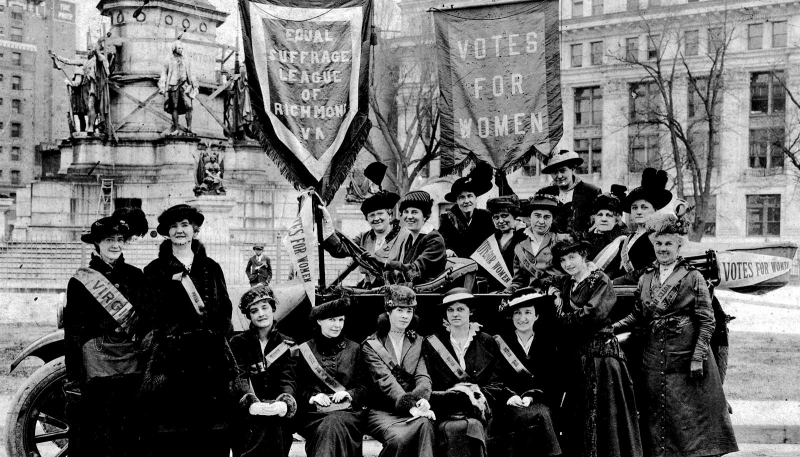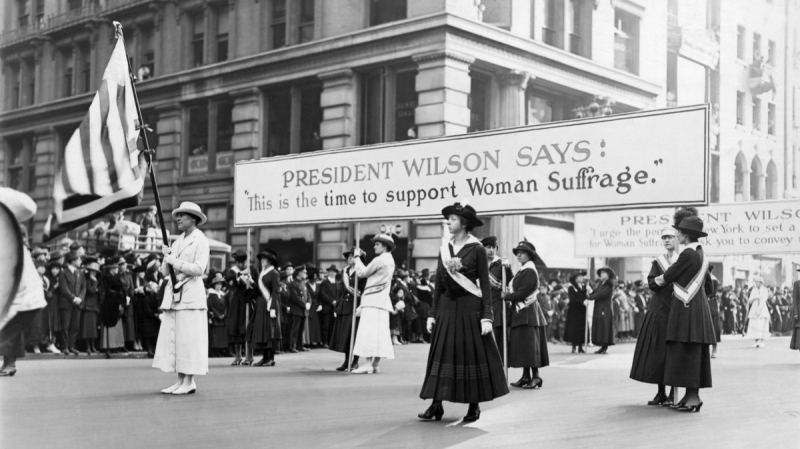Women’s Suffrage
When it comes to the most major effects of World War I must mention the women's suffrage protest outside the White House in 1917, seeking the right to vote. Women's suffrage became a reality with the end of World War I. Protesters held placards that said, "Mr. President, what will you do for women's suffrage?" in front of the White House. 'How long must women wait for liberty, Mr. President?' Initially, President Woodrow Wilson did not respond well to the demonstrators, but the ladies persisted.
From February through November 1917, women protested. Many women were detained, imprisoned, cruelly treated, and force-fed in prison as a result of the protest. The mistreatment of women sparked indignation and strengthened popular support for a constitutional amendment granting women the right to vote.
The women's suffrage campaign was a decades-long struggle to give women in the United States the right to vote. It took almost a century for activists and reformers to gain that right, and the fight was not easy: disagreements over tactics threatened to paralyze the movement on several occasions. The 19th Amendment to the Constitution was eventually approved on August 18, 1920, enfranchising all American women and stating for the first time that they, like men, are entitled to all of the citizenship's rights and obligations.












